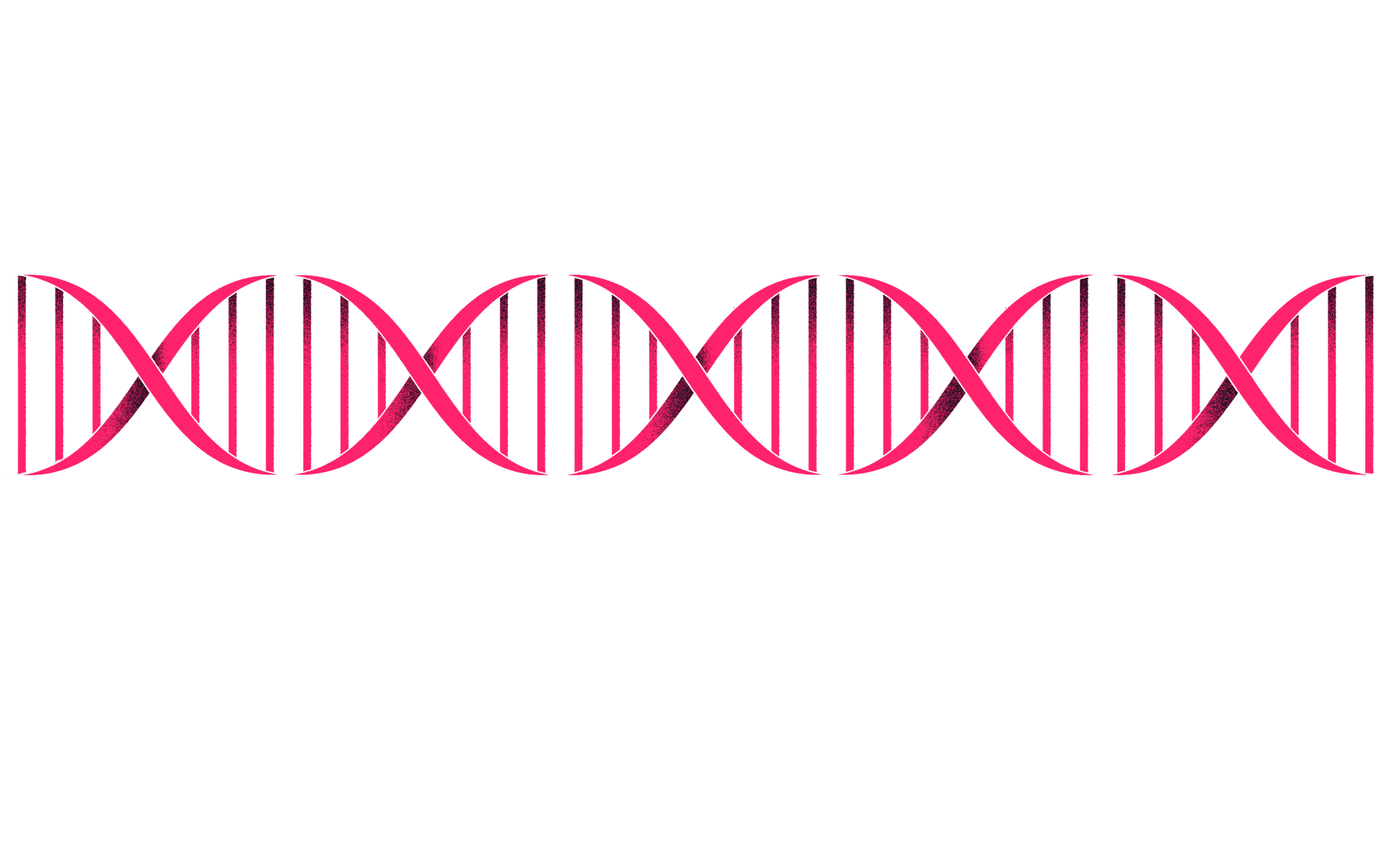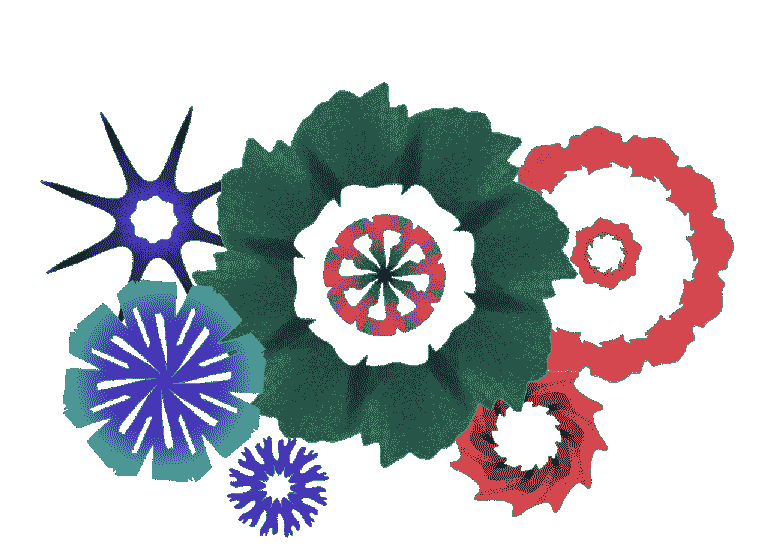Living Without Fear
A scientist alters the DNA of a marine worm.
Follow how this crazy experiment came to be.
Noradrenaline
When in danger, noradrenaline is the chemical that keeps us alive.
It is the main actor of our fight-or-flight response.
Noradrenaline
During stress, noradrenaline affects our body in many ways.
For example, a surge makes our heart beat faster. This pushes blood and oxygen to the muscles, so we can run and escape danger.
For a long time, we thought that we and other vertebrates are the only animals out there that produce noradrenaline.
Recently, we also found noradrenaline
in a tiny marine worm -
.gif)
Platynereis dumerili
Fondly called Platy by scientists, the tiny marine worm's relatives date back hundreds of millions of years and have only changed minimally over that time.
.gif)
Platynereis Dumerili
Fondly called Platy by scientists, the tiny marine worm's relatives date back hundreds of millions of years and have only changed minimally over that time.
Hence, Platy is a reliable witness to the stories of our ancestors and an important link for our understanding of evolution.
.gif)


We know...this sounds pretty crazy,
but it's a common practice in experimental labs.

When studying the working of a mechanism, researchers can just take away one of its parts, and see how the mechanism is affected by it.

When studying the working of a mechanism, researchers can just take away one of its parts, and see how the mechanism is affected by it.
They can also study the effect it has on the organism.
Let's take a look at the nervous system.
Researchers from the Jekely lab mapped the complete nervous system of the larvae, with astonishing details!
Let's take a look at the nervous system.
Researchers from the Jekely lab mapped the complete nervous system of the larvae, with astonishing details!
3D reconstruction of the Platynereis larva nervous system @Jekely lab.
This reconstruction shows every single neuron of a 3 days old Platynereis.
Through this reconstruction they found many neurons connecting to the cilia...
But Milena is mainly interested in three neurons here:
The pacemaker cells!
Three neurons with rhythmic activity.
The Jekely lab researchers highlighted the pacemaker cells of platy under the microscope.
The Jekely lab researchers highlighted the pacemaker cells of platy under the microscope.
They are in sync with the cilia beating.
Do they send the signal for the cilia to start and stop beating, like in the case of the human heartbeat?
They found that each of the three pacemaker cells produces very specific chemicals that could be responsible for the signaling.
Let’s take a closer look at them:
Loading Neurons Exhibition...
One of the pacemaker cells is producing noradrenaline, we therefore call this cell Noradrenaline neuron.
One of the pacemaker cells is producing noradrenaline, we therefore call this cell Noradrenaline neuron.
Milena wonders if noradrenaline is fully in charge of telling the cilia to stop beating.
To confirm this, she needs to see what happens when noradrenaline is left out of the signaling process.
Milena uses CRISPR to delete the genetic info of noradrenaline in Platy.
Let's see how she is going to do this.
With Noradrenaline
Without Noradrenaline
With Noradrenaline
Without Noradrenaline
With Noradrenaline
Without Noradrenaline
At first glance, the cilia beating rhythm of the two Platys appear to be identical.
Taking a closer look, Milena noticed that the mutant's cilia beat faster!
With Noradrenaline
Without Noradrenaline
At first glance, the cilia beating rhythm of the two Platys appear to be identical.
Taking a closer look, Milena noticed that the mutant's cilia beat faster!
It confirms that noradrenaline slows down the cilia beating and, maybe, even plays a role in stopping them.
She will continue analysing it.
This investigation is part of a bigger question:
Are there similarities between pacemakers in very distantly related species -
like the Platy cilia and the human heart?
If the building blocks,
the genes that this tiny little marine worm uses for its cilia beating, are related to the genes that make our heart beat,
If the building blocks,
the genes that this tiny little marine worm uses for its cilia beating, are related to the genes that make our heart beat,
it would mean that these genes already evolved in the last common ancestor we have with this tiny marine worm.
If the building blocks,
the genes that this tiny little marine worm uses for its cilia beating, are related to the genes that make our heart beat,
it would mean that these genes already evolved in the last common ancestor we have with this tiny marine worm,
and were passed on through many generations.
Have we, and all our relatives, been using the same tools to build beating systems for over 500 million years?










